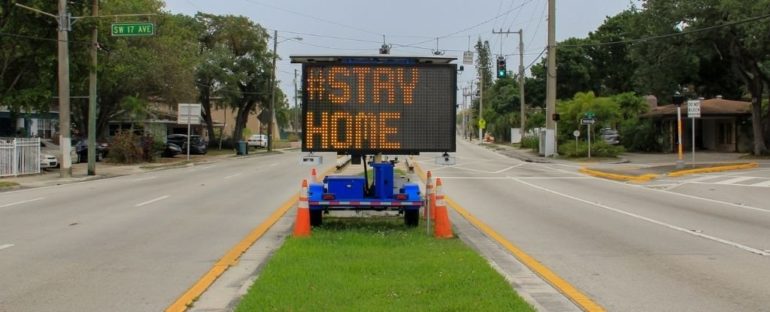COVID-19 is a global crisis that has claimed the lives of well over two million people worldwide, and some nations have handled the crisis much better than others.
New research shows ‘tighter’ cultures, with stronger adherence to social norms and harsher disciplinary measures, have far more control over the infection.
As of October 2020, those nations that scored highest on levels of cultural ‘looseness’ reported nearly five times as many COVID-19 cases and nearly nine times as many deaths.
This was true even when controlling for under-counting, demographics, geopolitical factors, migration, vaccination rates, experience with SARS, climate, and much more.
The new research can only show a correlation, but according to cultural psychologist Michele Gelfand this relationship is no mistake.
Combatting an infectious disease requires a nation to readily adopt large-scale cooperation and coordination and to strictly follow rules. These are all traits that are lacking in looser cultures.
In her past research, Gelfand has noticed tighter nations have experienced more external, collective threats – such as war, natural disaster, famine, or disease – and she argues these cultures developed a focus on the collective and a low tolerance for disorder in order to survive. They are thus better prepared for the crisis at hand.
“This is the first time we have been able to examine how countries around the world respond to the same collective threat happening simultaneously,” Gelfand says.
“Our past research suggested that tight cultures may be better equipped to respond to a global pandemic than loose cultures because they may be more willing to cooperate with rules. Our results supported this idea.”
The new research sought to test out the ‘tightness-looseness’ theory in 57 countries in 2020.
Compared to the United States, the United Kingdom, Israel, Brazil, Spain, and Italy, Gelfand’s research shows that places like Singapore, Japan, South Korea, China, and Austria have much tighter cultures with stricter rules and punishments for deviance.
Singapore also has been one of the best at containing the virus. It recently ranked 13th in the world for its response to COVID-19. In October 2020, an analysis of Our World In Data shows this nation was experiencing nearly 10,000 cases per million people and only five deaths per million people.
At the same time, Brazil and the US had more than 24,000 cases per million people and roughly 700 deaths per million.
Of course, not all loose cultures did poorly at containing the virus. Some, like New Zealand, proved the exception to the general rule, possibly because the government had very strong and consistent messaging that people trusted.
And it’s worth noting that there are other places with high cultural tightness such as India and Botswana, which haven’t fared as well.
Nevertheless, the results suggest cultural looseness can be a liability during a crisis.
“Our rule-breaking spirit in the US is great for creativity and innovation, but it’s not well-matched to dealing with a collective threat,” says Gelfand.
The authors hope their results can help us learn from tighter countries which have controlled the virus much better in general.
This doesn’t necessarily mean cracking down on mask wearing or social distancing with fines or more draconian measures.
After all, that probably wouldn’t go over well in looser cultures. Interventions should instead make people feel as though they are still in control, the authors say, and messaging from the government is key in that.
At the beginning of the pandemic, looser countries might tend to embrace a sense of unrealistic optimism, given their inexperience with collective threats, the team suggests.
This, in turn, could lower the level of fear among the public, making them less likely to follow rules for masking and social distancing.
Using data from a separate survey of 22 countries, Gelfand and her colleagues found people living in looser cultures were far less worried about catching COVID-19 than people living in tighter nations, despite their lower chance of infection.
“This was very surprising to us as fear normally increases during a collective threat, which facilitates tightening,” Gelfand says.
Coordinated, clear and consistent risk communication could therefore be especially important in looser nations during a collective crisis.
The authors admit cultural tightness or looseness is probably not the only factor in how countries have responded to COVID-19, but they do think it is an important one.
A recent study from the Lowy Institute found systemic factors alone couldn’t account for the differences in COVID-19 cases and deaths from country to country, whereas nations with smaller populations, cohesive societies and capable institutions did appear to have an advantage in dealing with the pandemic.
“We believe interventions to tighten cultures during COVID-19 can be successful if they are tailored to fit differences in countries’ unique circumstances,” explains Gelfand.
“The faster we tighten, the faster we’ll reduce the threat, and the faster we’ll be able to restore freedom. Above all, we need more ‘cultural ambidexterity’ – the ability to tighten and loosen based on how much danger we’re actually facing.”
The study was published in The Lancet.



